The DnD 5E Druid is legendary for their Wild Shape ability, which allows them to turn into various animals. From little birds to gigantic mammoths, no fight is the same with a creative Druid at the helm.
As with most aspects of DnD 5E, however, some choices completely outrank others. The same goes for Wild Shape, whose selections of animals have some ups and downs. With over two hundred choices to pick from, you might be missing some real winners hidden in the bestiary. Let’s unearth some of nature’s finest.
Wild Shape is a Druid ability unlocked at level two, which they can use twice after they take a long or short rest. This ability allows the Druid to take the form of an animal of low power, with the ability to become stronger animals over time. Circle of the Moon druids can go further, turning into very powerful animals by endgame.
Best Wild Shape forms by level in DnD 5E
Wild Shape forms have a few qualities that Druids are interested in: combat strength, durability, or utility. An animal is great if it has really accurate and high-damage attacks. It’s also great if it has high health since that allows you to use the animal form to stall for a long time. But, since Wild Shape comes back on high rest, the ability to hide, fly, or perform some unique method of travel can lead to great scouting or mobility opportunities.
No animal form is going to have all of these. But, we’ll point out some options that are worth considering.
5E organizes Druid’s Wild Shape by CR, or Challenge Rating. This is an approximation of how difficult the creature is to defeat in a fight. We’ll organize the forms in the same way.
We’ll also consider animals from adventure paths, like Tomb of Annihilation. These will be stated as adventure paths, and you’ll need to ask your DM before morphing into one.
CR 1/4 or lower animals

Little fellas at this CR aren’t going to deal too much damage, but can outpace your fists shockingly easily.
- Owls, available at CR 0, are excellent scout forms. You can’t become an owl until higher level, but this is a very powerful scout for any party. It’s small, versatile, and has great vision to pierce through crowds with.
- The underwater scout is the Octopus, which is basically the owl of the sea.
- Giant Badger is a relatively good all-round form. It has the ability to dig through the ground and is one of the earliest cases of Multiattack. You can rack on the damage. Unfortunately, these badgers have terrible defensive stats, so you’ll lose the form quickly.
- Velociraptor is a dangerous combat-centric animal with Multiattack, Pack Tactics (advantage while an ally is adjacent to your target), and okay AC. Its terrible hitpoints will only make it valid for so long, however.
CR 1/2 animals
Circle of the Moon Druids access these immediately, while other druids, like Circle of the Land, must wait until level four. There aren’t many strong scouts at this level, besides one option which will rarely be allowed at a table.
- The Jaculi, only available in the Tomb of Annihilation, remains a very strong threat for Druids allowed to use it. This is thanks to advantage on Stealth checks to hide, Perception checks to smell, and a very dangerous attack that deals 4d6+2 damage—and has advantage to land.
- Apes possess very high accuracy attacks with a pretty absurd ranged option through its Rock.
- Crocodiles have access to a great one-versus-one tool with its Bite since it immediately begins a grapple afterwards.
CR one animals
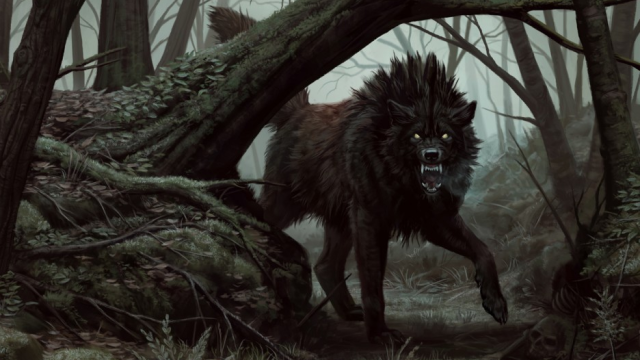
This is the starting point for Moon Druids, though all Druids reach this point by level eight. As a reminder, Moon Druids cannot select creatures with a swim speed until level four. And they can’t fly until level eight.
- Dire Wolves are exceptionally durable beefcakes with decent stealth stats. The only downside to this form is its low number of attacks compared to higher damage options like Brown Bears. The higher defensive stats make it a lot better for stalling, though, and it has the chance to ruin someone’s day through knockdowns.
- Giant Toads utilize a strange Swallow action to eat up a medium-sized creature. This can take someone completely out of the fight while leaving the Toad able to act and bite others.
- The Giant Octopus is basically your only water-based form. It’s a great one for that reason and is a good scout for Druids worried about being spotted while swimming about.
- Giant Vultures are your fliers for this level, and boy are they good at it. 60 ft. of flight, Pack Tactics for easy advantage, and the ability to multiattack. They do have one weakness, which is their defenses; 22 HP and 10 AC won’t keep you in the air for long. Giant Eagles deal much less damage than their Vulture counterparts but compensate on the defensive side.
CR two animals
Only Circle of the Moon Druids can access any of the following forms. The list constricts significantly at this point since higher-level beasts are quite few and far between. But there are still winners.
- Giant Constrictor Snakes are your grapplers at this level. Their Constrict ability puts out pretty high damage. This is a great way to isolate and tear through a single target.
- Giant Crayfishes, from Tales from the Yawning Portal, are aggressive water brawlers with middling attack rolls but a multiattack that grapples. This turns it into a slightly more flexible and control-oriented version of the Giant Octopus, though far from a straight upgrade.
- Giant Elks are a form to keep in mind if you have a person who can knock foes prone. With great AC and HP, as well as acceptable turn-to-turn damage, you can chew through some enemies. However, against prone targets, you unlock the 4d8+4 damage Hooves attack. Work with your team to walk all over people.
- Huge Polar Bears, from the Tales from the Yawning Portal books, features a high damage multiattack and 65 HP. That’s a great combination, though its AC will lead you to getting slapped around.
- Quetzalcoatlus are a wonderful group of dinosaurs. They have 80 feet of flight, the ability to deal upwards of 6d6+2 damage on a single attack, and can freely leave threatened squares without provoking attacks. They aren’t the most accurate in the world, but their immense flight and ability to never stand still make up for that and their puny health pool.
CR three animals
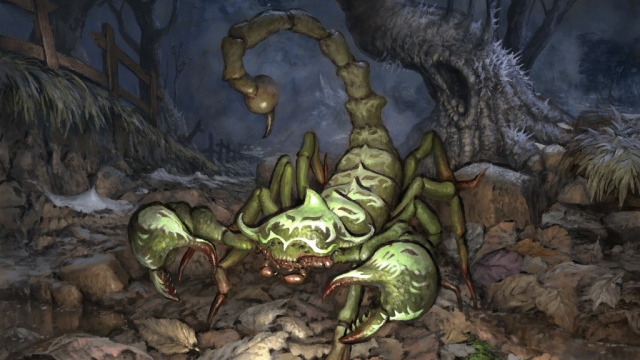
Belt’s getting ever-tighter. However, there are a few creatures here that are really impressive.
- Ankylosaurus are powerful dinosaurs. With a big 4d6+4 tail swing, 15 AC, and 68 HP, it’s actually very likely that this Huge monster can last a few turns of focus fire. A great way to stall out a hallway.
- Bristled Moorbounders from The Explorer’s Guide to Wildemount offers extremely high multiattack damage, great speed, and solid defenses. A great choice for a Barbarian multiclass.
- Giant Scorpions are your grappler for the level, but suffer from an abysmal attack roll, a simple escape DC, and damage piled into a single Sting. Landing the Sting is incredibly rewarding, with 5d10+2 damage attached for anyone who fails a DC 12 Constitution saving throw.
- The Spotted Lion is your pack attacker for this level. It tears people to shreds with a plus-eight to attack, 10 feet of reach, and 15 damage. It also potentially slaps them to the ground and applies yet another attack. This is a very accurate attacker with a lot of power behind it, though it is a bit reliant on Pack Tactics to really be threatening.
CR four animals
CR four is representative of animals too slow for their own good. They’re all pretty tanky in terms of health, but sport lower HP and, usually, slightly lower damage. The Elephant, for example, relies on a DC 12 Strength save attack to deal high damage.
- The Giant Subterranean Lizard from Tales from the Yawning Portal is perhaps the best addition to your list at this level if your DM allows it. It has an acceptable swim speed, good attack rolls, and easy access to grappling and knocking prone. It can also swallow medium creatures, a la Giant Toad, making it good for isolating specific enemies.
- The Stegosaurus is a more aggressive, less defensive Anklyosaurus. It loses some AC but gains a very small amount of HP to compensate. And its tail attack hits for 6d6+5, averaging 26, which is respectable—if a bit weak compared to martial classes. If you want a tanky “enough” monster for your lineup, here he is.
CR five animals
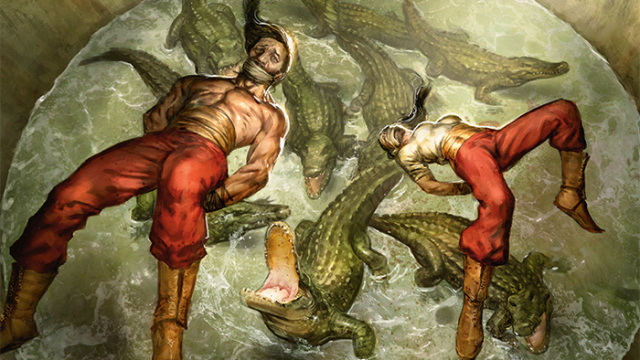
This is a minor damage bump over CR three and four, and we thankfully have a few more options than CR four.
- Brontosaurus is your full replacement for Anklyosaurus. Its gigantic pile of health, high-damage Stomp, and higher-damage Tail are all incredible additions to your toolkit. Though, it can sometimes be hard to be Gargantuan.
- The Giant Crocodile is your grappler. It has respectable damage, good defensive stats, and a really strong grapple. It is also one of the few instances of a Grapple animal with Multiattack, which is great.
- Giant Sharks are the only water creature you really need from level 15 on. Basically guaranteed advantage on each 3d10+6 bite is noteworthy enough, but the speed and gigantic hitpoint pile are hard for anything to beat.
- Titanotheres are huge, bulking beasts. They have 16 AC and 136 HP, alongside a good 50-foot movement speed. Their damage is terrible, with a simple 20 average damage stomp. However, if allowed to move beforehand, their knockdown effect is good and lets them catch up with other animals.
CR six animals
Not many options here. The Mammoth is the only choice, but it makes up for it by being a very good one. It has less health and durability than the Titanothere but makes up for it with higher damage potential and more accurate damage. This thing can hit for upwards of 54 damage in a round.
Elemental Wild Shape
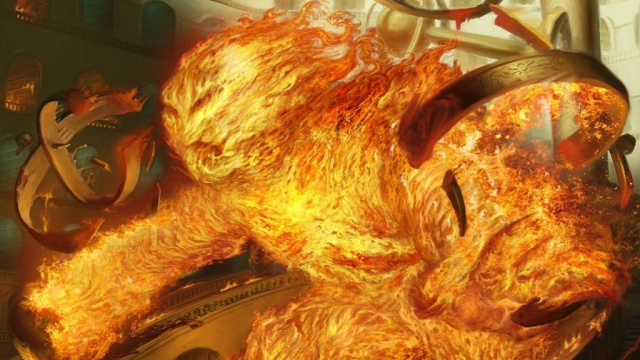
There are four options for Elemental Wild Shape, a later-game choice for Circle of the Moon Druids. In order, the best ones are:
- Fire Elementals hit so hard. They have great immunities, but their ability to light enemies on fire is very unique among your forms. It’s not great burst damage, but a long-lasting fight will benefit these hotheads a lot.
- Earth Elementals are tanks, with 17 AC and 126 HP. That’s basically it. While Tremorsense is worthwhile and they have the unique Siege Monster and Earth Glide abilities, their damage is pitiful. Once you get Titanotheres or Mammoths, these guys don’t cut the mustard anymore.
- Water Elementals are required for water encounters. With an exhaustive list of immunities, solid damage, and the ability to theoretically deal area-of-effect damage, this thing is dangerous in the sea.
- Air Elementals are your most durable fliers. 90 feet of fly speed is great on a body with 90 health and 15 AC. They deal legitimately good damage and can hit multiple creatures in the right scenario.


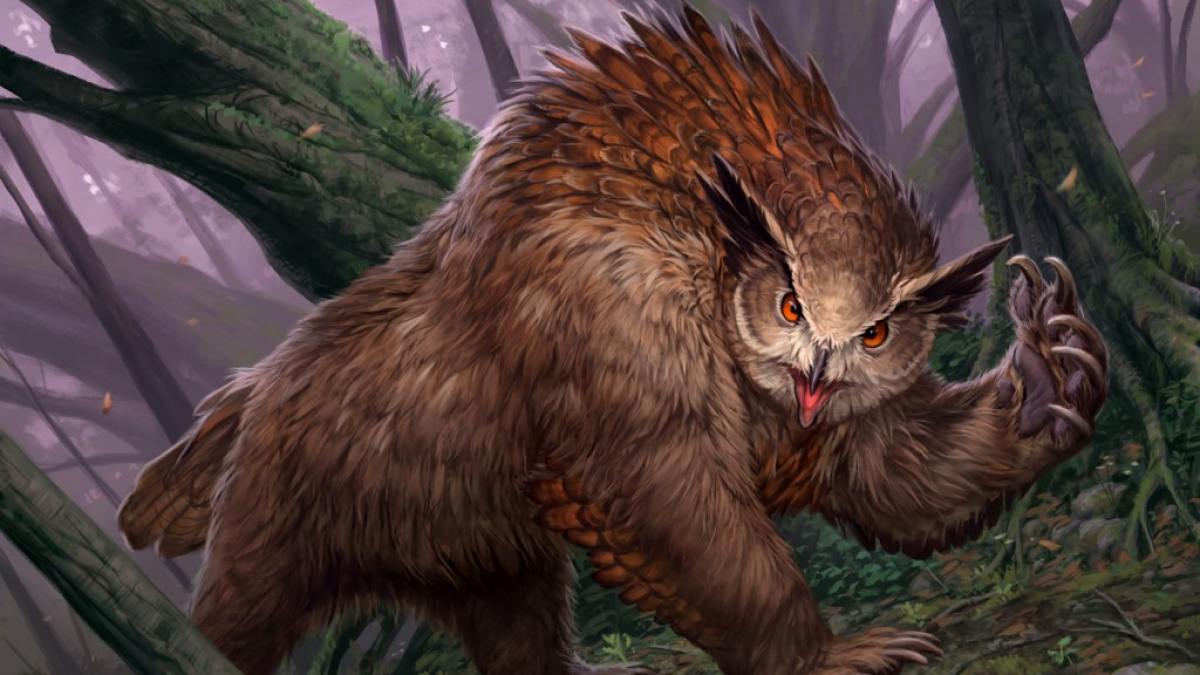
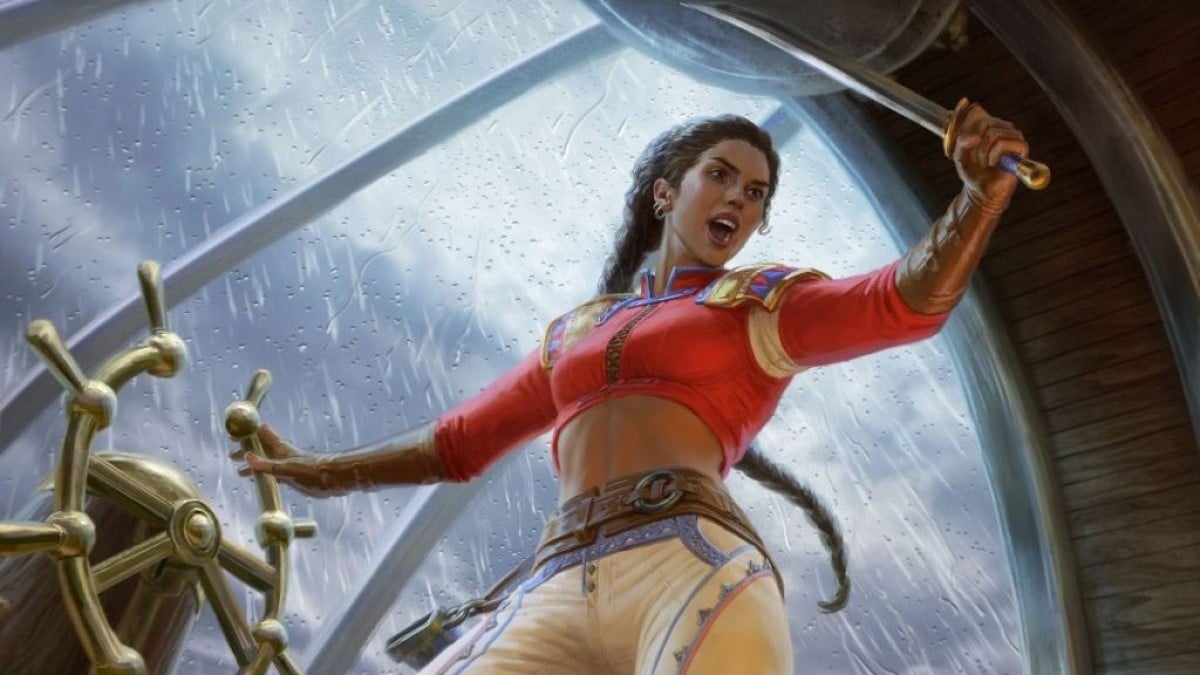
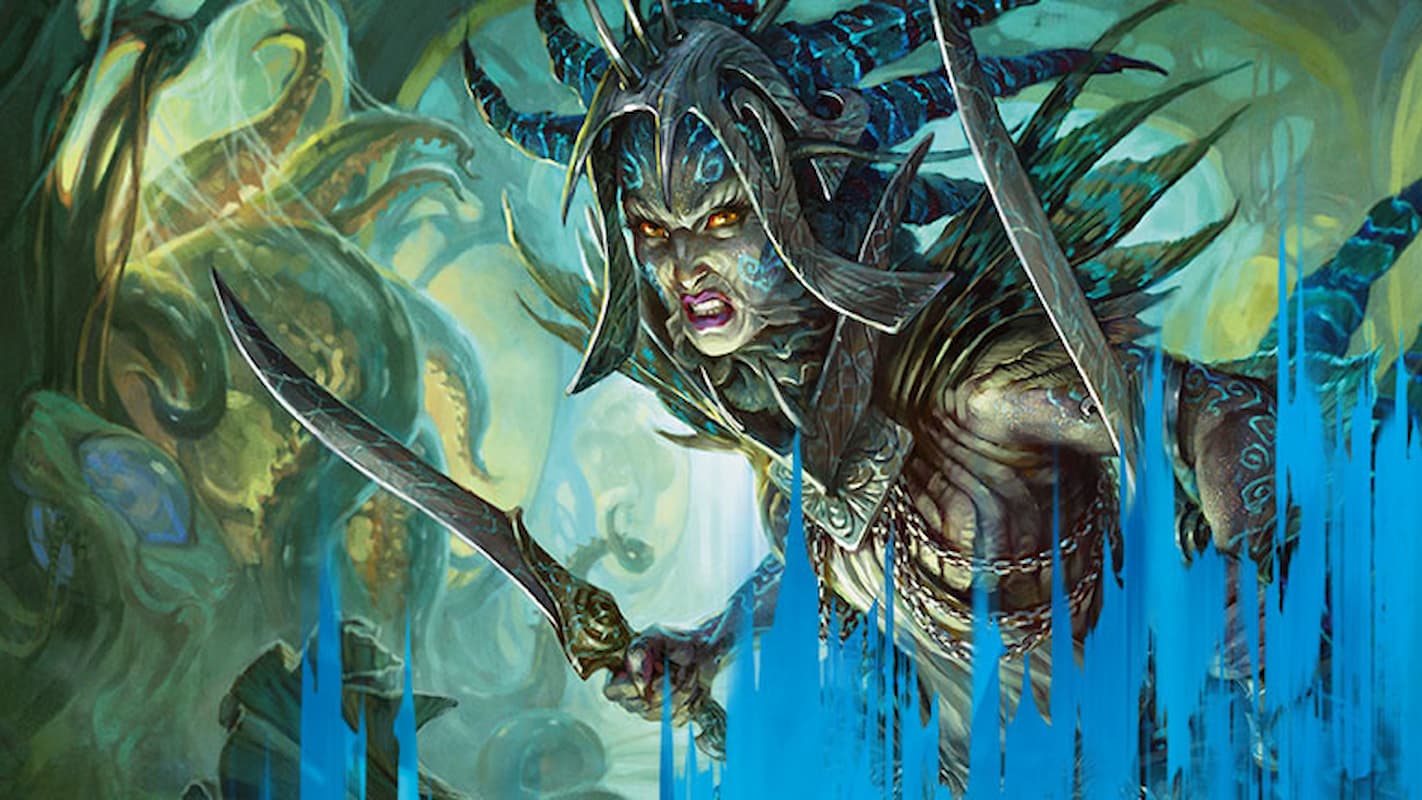
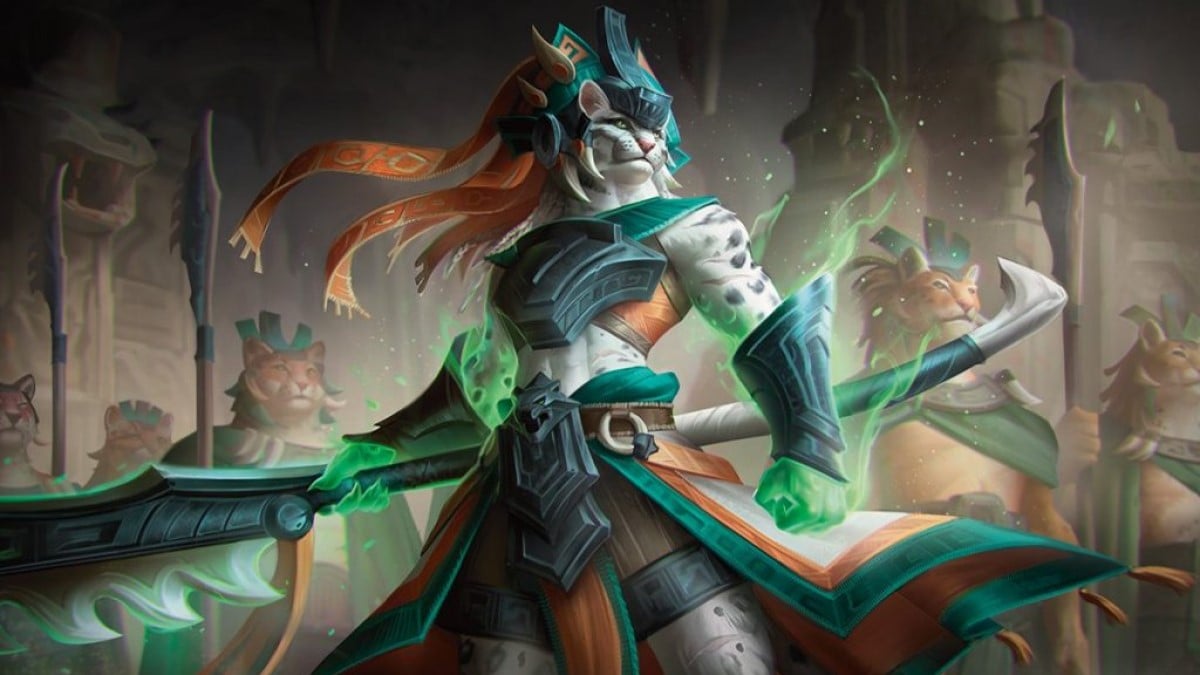
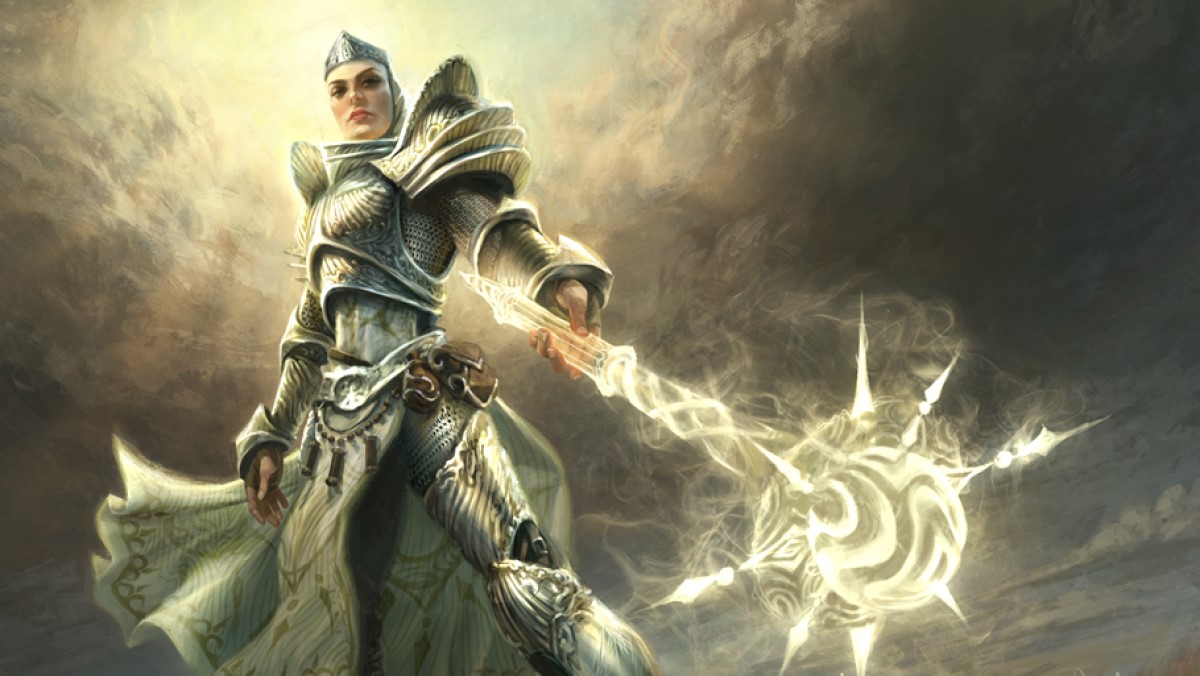


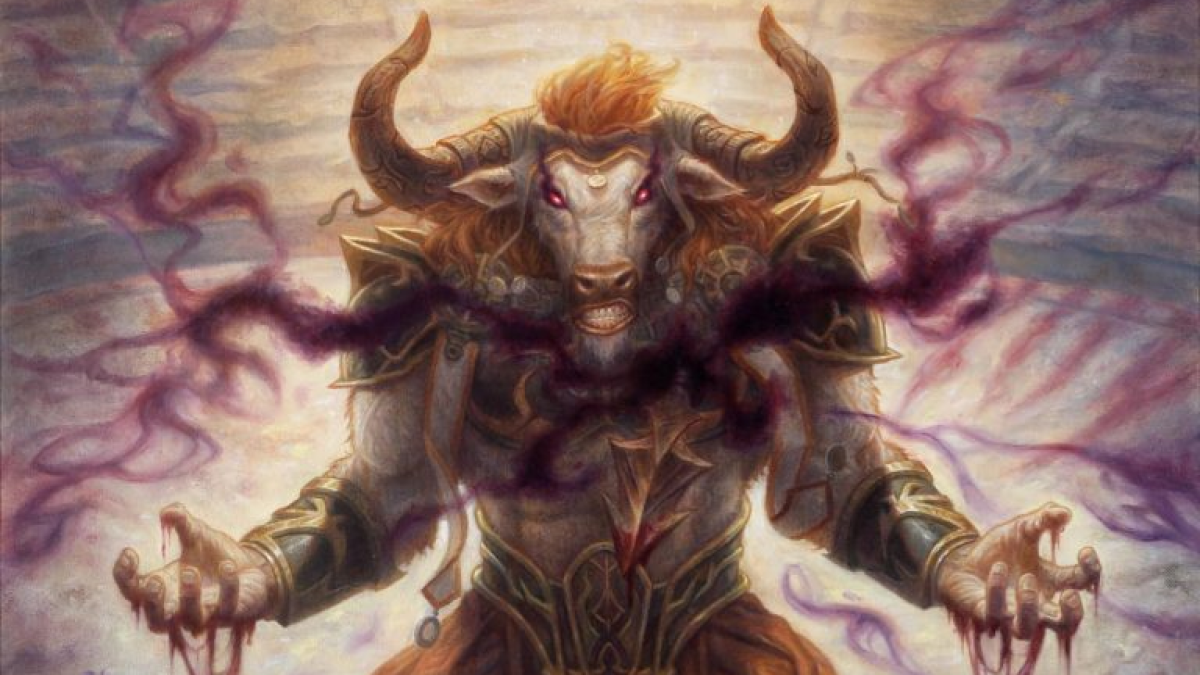
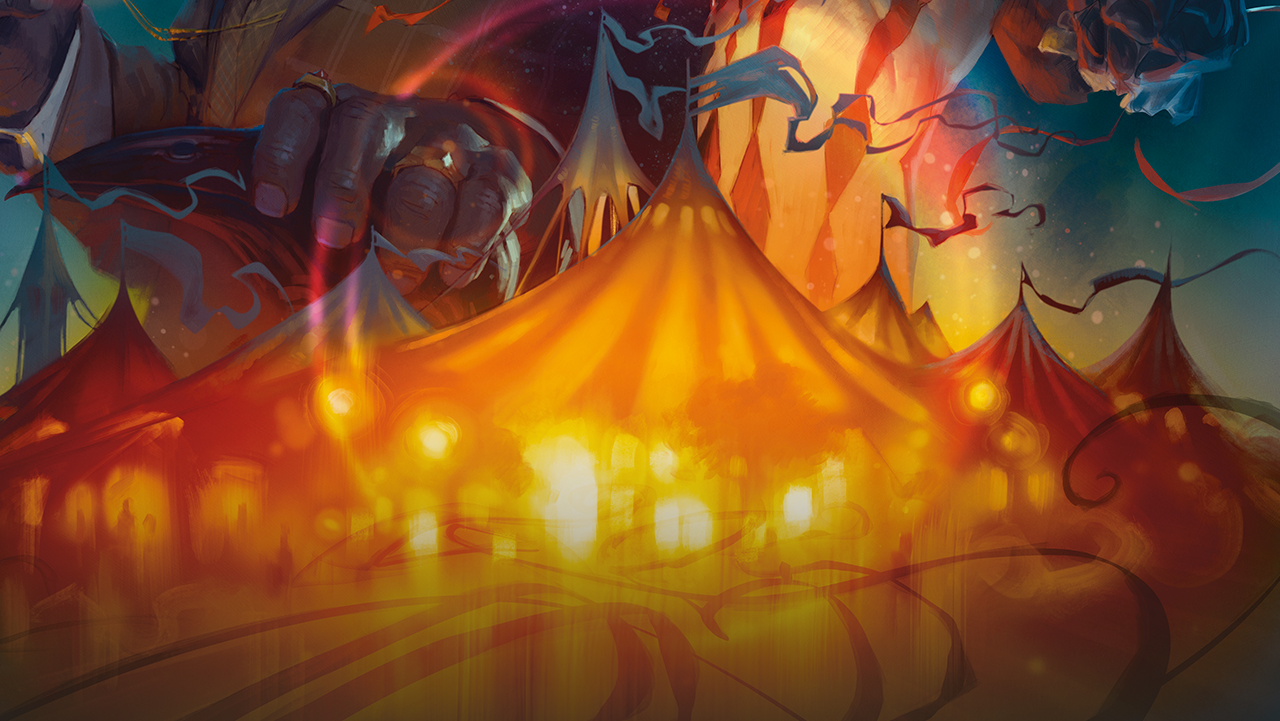
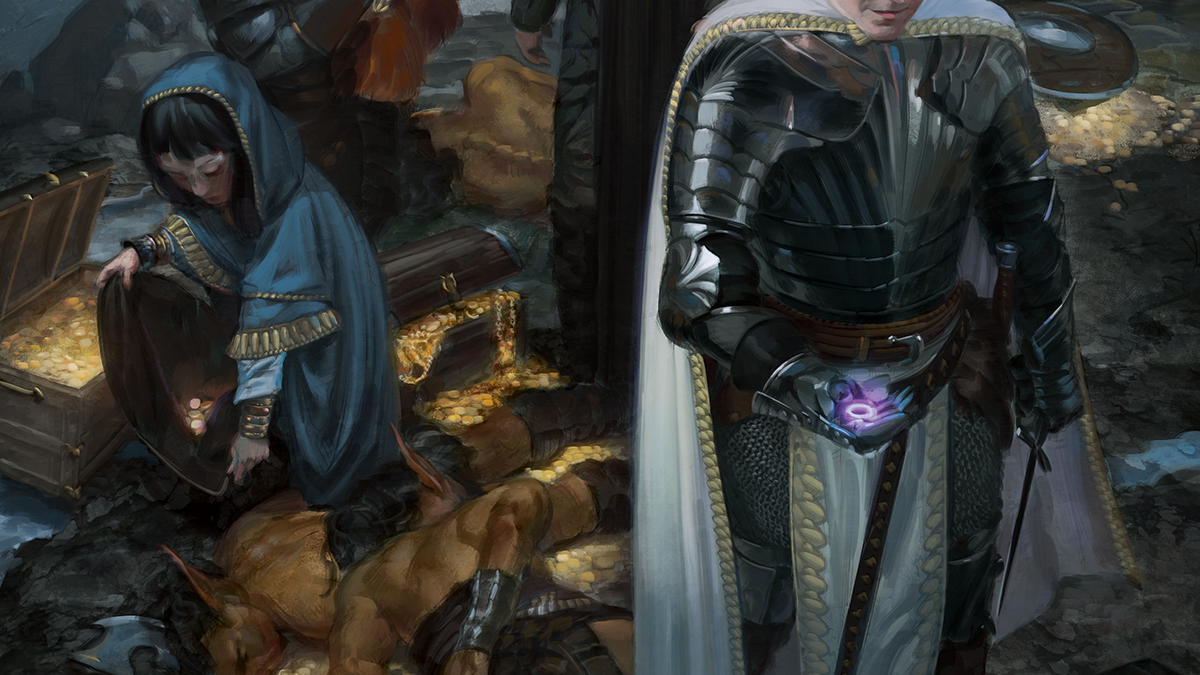
Published: Nov 2, 2023 08:44 am